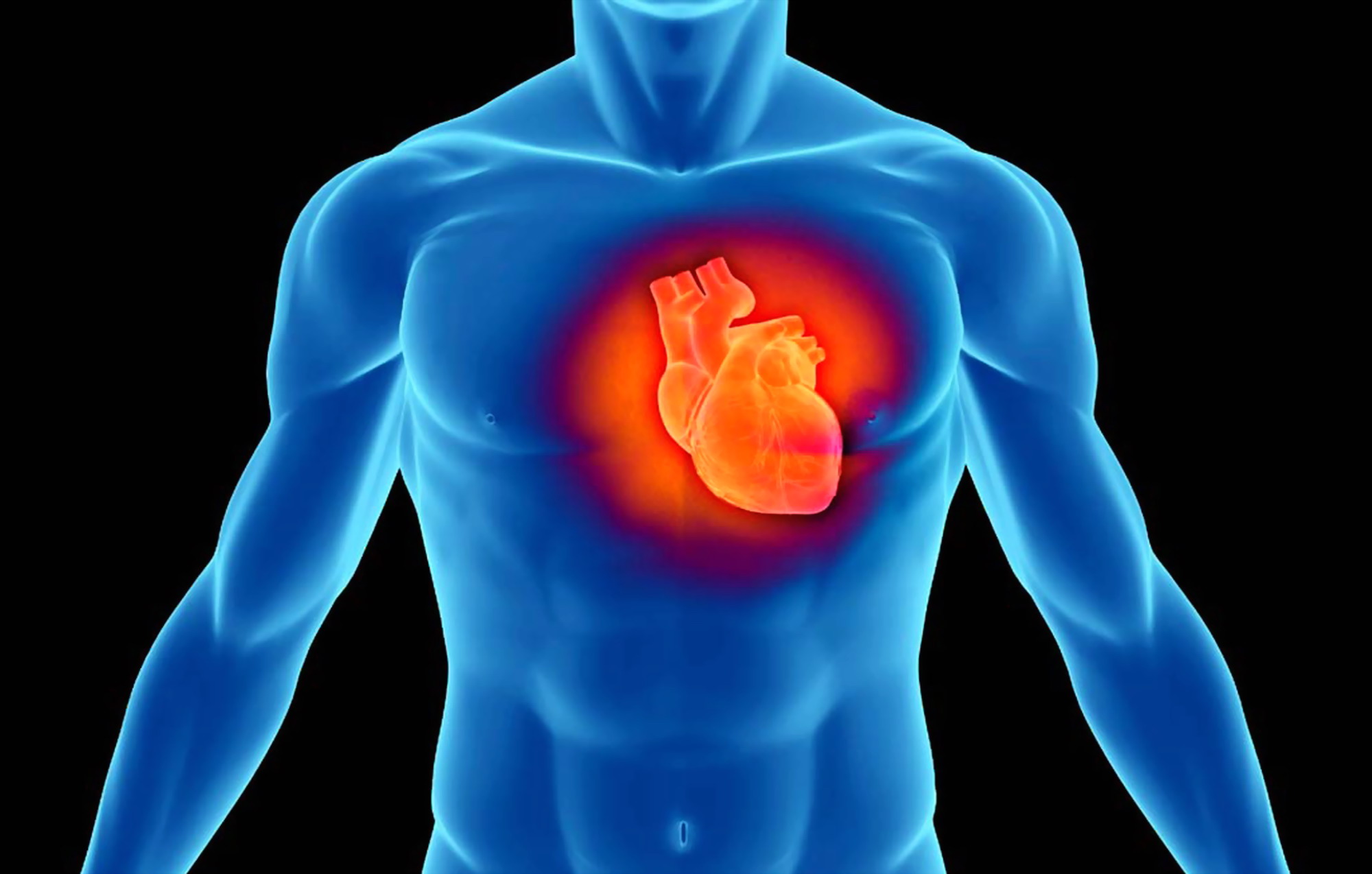
Heart Disease Facts and Statistics: What You Need to Know
Heart disease is the number one cause of death in the United States, taking more lives each year than all forms of cancer and chronic lower respiratory disease combined. It’s estimated that nearly half of all adults in the United States have heart disease
Heart Disease Overview
Cardiovascular disease (referred to here simply as heart disease) is a condition that affects the heart or blood vessels.
The most common type of heart disease is coronary artery disease, which occurs when plaque builds up in the walls of arteries supplying blood to the heart.2
This disease can lead to a heart attack.3
Other types of heart disease include:
- Congestive heart failure
- Heart rhythm problems
- Congenital heart disease
- Endocarditis
How Common Is Heart Disease?
Heart disease is prevalent in the United States and most of the world.
Between 2015 and 2018:1
- Nearly 1 out of every 2 adults in the United States had a form of heart disease.
- About 4 out of 10 women in the United States ages 20 and older had some form of heart disease.
- About 5 out of 10 men in the United States, ages 20 and older, had some form of heart disease.
The number of American adults with heart disease is increasing. Between 2013 and 2016, 121.5 million American adults had heart disease.5
Between 2015 and 2018, the number of American adults with heart disease was 126.9 million.1
QUALITY AED? VISIT THE ZOLL BOOTH AT EMERGENCY EXPO
Heart Disease by Ethnicity
Non-Hispanic Black Americans have the highest prevalence of heart disease of any race in the United States.
From 2015 to 2018 in the United States, heart disease occurred in those ages 20 and older in the following populations:1
- 58.8% of non-Hispanic Black females and 60.1% of non-Hispanic Black males
- 42.1% of non-Hispanic White females and 53.6% of non-Hispanic White males
- 42.7% of Hispanic females and 52.3% of Hispanic males
- 42.5% of non-Hispanic Asian females and 52.0% of non-Hispanic Asian males
Heart disease rates are also high among Native Americans and Alaska Natives.
Some forms of the disease, such as heart failure and arrhythmia, are understudied in these groups.
Coronary heart disease rates are 12% higher in these populations than in other ethnic groups and are believed to be underreported by 21%.6
Heart Disease by Age and Gender
Between 2015 and 2018, 54.1% of men 20 and older and 44.4% of women 20 and older had some form of heart disease.1
Heart disease is also the number one cause of death in new mothers, with Black women having the highest maternal mortality rates.
Heart disease is the cause of more than 1 out of 3 maternal deaths in the United States.7
Men are more likely than women to develop heart disease.
However, women’s risk of heart disease increases during midlife, and it’s believed that declining sex hormone levels that occur during menopause likely play a role.8
The risk of having heart disease increases with age, and by age 80 and older, nearly 9 out of 10 men and more than 9 out of 10 women have heart disease.1
Causes of Heart Disease and Risk Factors
Certain medical conditions and behaviors put people at higher risk for heart disease.
The most significant risk factors for heart disease are prior heart or vascular disease, high blood pressure, high cholesterol, diabetes, and smoking.
About half of Americans have at least one of these three risk factors.2
Other risk factors for heart disease include:
- Sleep disorders
- Chronic stress
- Cannabis use
- Family history
- Chronic kidney disease
- Autoimmune disorders
References:
- Tsao CW, Aday AW, Almarzooq ZI, et al. Heart disease and stroke statistics—2022 update: A report from the American Heart Association. Circulation. doi:10.1161/CIR.0000000000001052
- Centers for Disease Control and Prevention. About heart disease.
- Centers for Disease Control and Prevention. Coronary artery disease.
- National Cancer Institute. Heart disease.
- Benjamin EJ, Muntner P, Alonso A, et al. Heart disease and stroke statistics – 2019 update: a report from the American Heart Association. Circulation. doi:10.1161/CIR.0000000000000659
- Breathett K, Sims M, Gross M, et al. Cardiovascular health in american indians and alaska natives: a scientific statement from the american heart association. Circulation. 2020;141(25):e948-e959. doi:10.1161/CIR.0000000000000773
- American Heart Association Go Red for Women. The facts about women and heart disease.
- El Khoudary SR, Aggarwal B, Beckie TM, et al. Menopause transition and cardiovascular disease risk: implications for timing of early prevention: a scientific statement from the american heart association. Circulation. 2020;142(25):e506-e532. doi:10.1161/CIR.0000000000000912#d1916185e1
- Centers for Disease Control and Prevention. Heart disease facts.
- Sinatra JA. Stall in heart disease death rates, evidence from maine, 1999–2017. Prev Chronic Dis. 2020;17. doi:10.5888/pcd17.190405
- Centers for Disease Control and Prevention. Men and heart disease.
- Centers for Disease Control and Prevention. Lower your risk for the number 1 killer of women.
Read Also:
Emergency Live Even More…Live: Download The New Free App Of Your Newspaper For IOS And Android
What Is The Difference Between Pacemaker And Subcutaneous Defibrillator?
Heart Disease: What Is Cardiomyopathy?
Inflammations Of The Heart: Myocarditis, Infective Endocarditis And Pericarditis
Heart Murmurs: What It Is And When To Be Concerned
Broken Heart Syndrome Is On The Rise: We Know Takotsubo Cardiomyopathy
Cardiomyopathies: What They Are And What Are The Treatments
Alcoholic And Arrhythmogenic Right Ventricular Cardiomyopathy
Difference Between Spontaneous, Electrical And Pharmacological Cardioversion
What Is Takotsubo Cardiomyopathy (Broken Heart Syndrome)?
Dilated Cardiomyopathy: What It Is, What Causes It And How It Is Treated
Heart Pacemaker: How Does It Work?
World Heart Day 2022: Moves For A Healthy Heart


